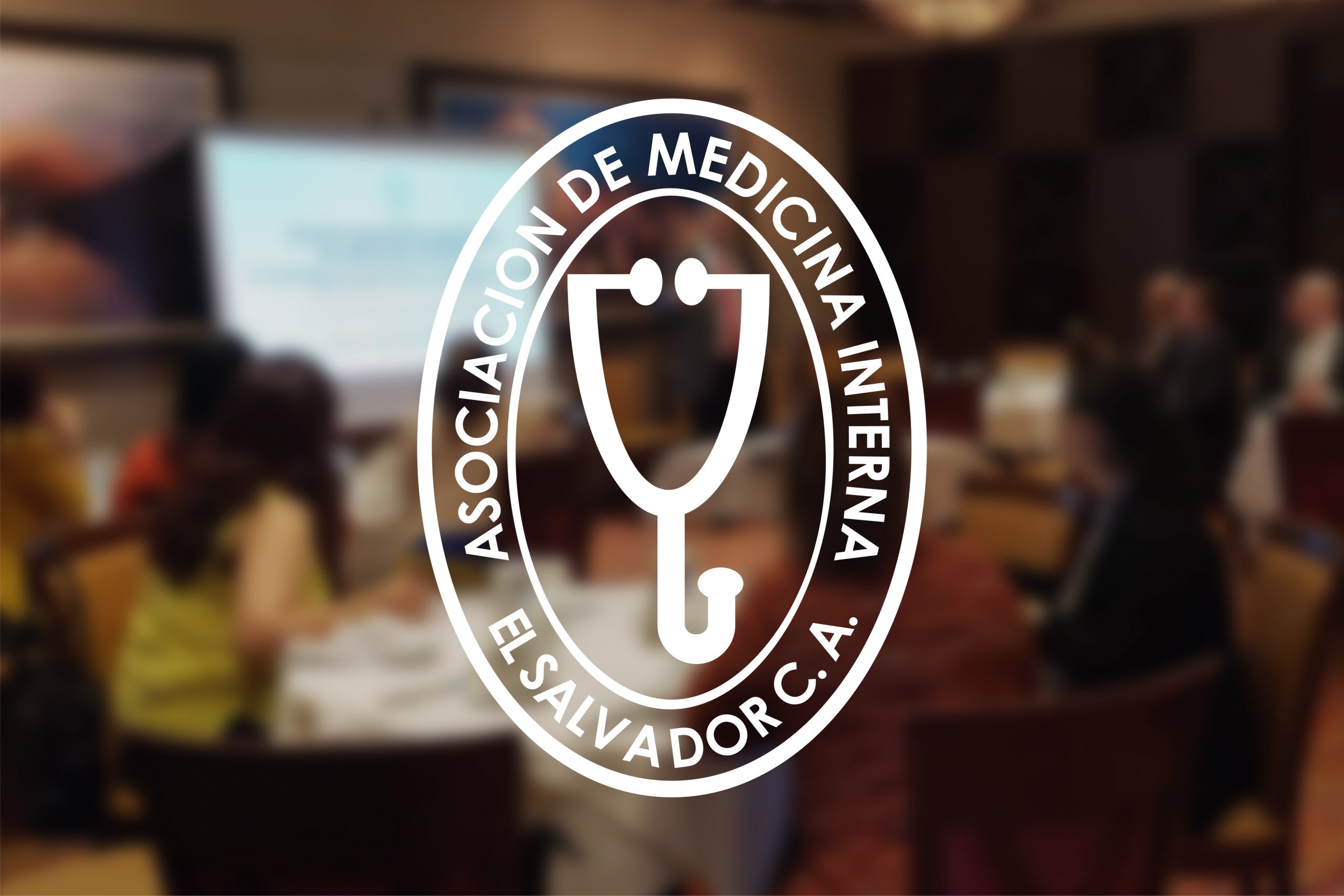

Information sourced from BMJ:
Arch Dis Child doi:10.1136/archdischild-2015-310395
[Free full-text Arch Dis Child article PDF]
Images in paediatrics
Ludwig’s angina
Satvinder Singh Bakshi
Correspondence to Dr Satvinder Singh Bakshi, Department of ENT and Head and Neck Surgery, Mahatma Gandhi Medical College and Research Institute, Piliaiyarkuppam, Pondicherry 607402, India; saty.bakshi@gmail.com
A 3-year-old boy presented with a 3-day history of fever, swelling in his neck, drooling of saliva and dysphagia. These symptoms were preceded by a 7-day history of an upper respiratory tract infection. On examination, the child was febrile, tachypnoeic and there was a diffuse, tender, firm and warm swelling in the submental and submandibular region of the neck with a swelling in the floor of the mouth displacing the tongue posteriorly. A diagnosis of Ludwig’s angina was made.
The child with diffuse swelling in his neck and floor of his mouth pushing his tongue upwards.
The child underwent nasotracheal intubation with fibreoptic guidance and emergency decompression of the swelling using multiple incisions in the submental and submandibular region was done. He received intravenous amoxicillin/clavulanic acid plus metronidazole, nebulised epinephrine and humidified oxygen. A culture of the drained fluid grew Staphylococcus aureus and anaerobic Bacteroides species. The child recovered without sequelae by 3 months follow-up.
Ludwig’s angina is a serious, rapidly spreading and potentially life threatening cellulitis of the floor of the mouth which if left untreated may compromise the airway. Preceding viral infection, trauma and dental infections, usually from a molar root, are the common causative factors. Causative organisms include α-haemolytic streptococci, staphylococci and Bacteroides. Treatment priorities include securing the airway through intubation or a tracheostomy, broad-spectrum intravenous antibiotics and surgical decompression. The prognosis depends on the degree of airway compromise and reported mortality ranges from 5% to 9%.
[Parental] consent Obtained.
Copyright © 2016 BMJ Publishing Group Ltd & Royal College of Paediatrics and Child Health. All rights reserved.
The above message comes from BMJ, who is solely responsible for its content.
You have received this email because you requested follow-up information to an Epocrates DocAlert® message. For more information about Epocrates, please click here.
For questions, feedback, or suggestions regarding Epocrates DocAlert® messages, please contact the Medical Information Team at docalert@epocrates.com.
Publicado en Casos Clínicos, Casos Interesantes, Curso de Educación Continua


